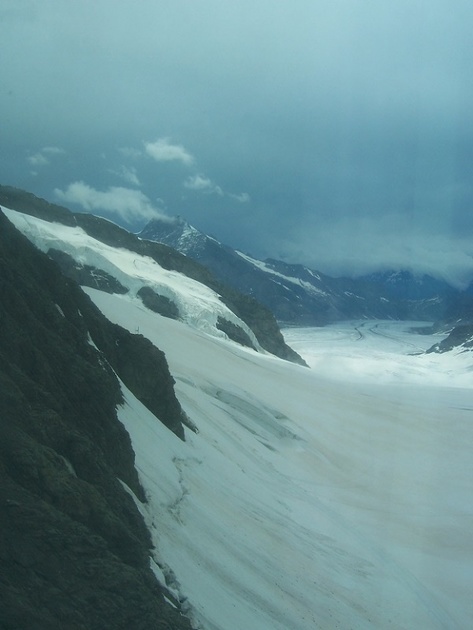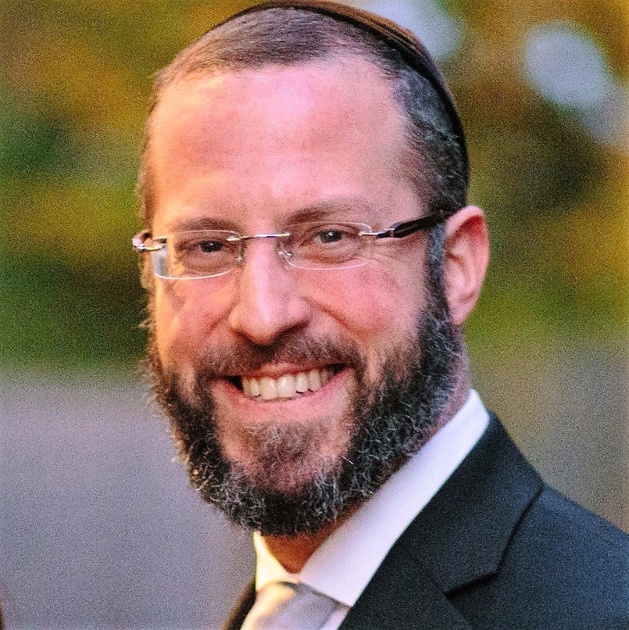
Yaakov Avinu (Jacob) traveled from his home in Be’er Sheva, en route to exile in Charan, to escape his evil brother’s wrath. The Netziv, Rabbi Naftali Zvi Yehudah Berlin, observes that the Torah uses unique verbiage when it describes Yaakov’s journey. The Torah narrates “And Yaakov left Be’er Sheva. And he went to Charan.” The Torah describes Yaakov’s journey with two distinct phrases, one to highligh the departure and the other to focus on the destination. The Netziv explains that this wording is because of a tradition, transmitted by the Sages, that Yaakov had a pause between the two legs of the journey. He left Be’er Sheva, but stopped on the way at the ancient Academy of Shem and Ever to study Torah for fourteen years. Accordingly, the Torah focuses on each leg of Yaakov’s travels separately because they were disjointed. Yaakov left Be’er Sheva to arrive at the Academy, then left the Academy to reach Charan.
When Yaakov left Be’er Sheva, he had two destinations in mind. His immediate destination was the Academy, and his ultimate terminus, which he wasn’t planning on reaching for another decade and a half, was Charan. Yakov knew exactly where he was going, and the journey took him time because he had multiple planned destinations.
When we journey through life, do we know where we are headed? It might take us time and energy to figure out our destination altogether. At other times, we might know where we desire to go, but we don’t allow ourselves to be aware of that. British psychoanalyst Adam Phillips (in his essay “On Losing and Being Lost Again”) posits that we sometimes let ourselves get lost because that is more secure and safe than being in touch with where we really want to go. If we acknowledge where we want to be we also get in touch with the voices in ourselves that doubt us or don’t permit us to reach them. Yaakov Avinu delayed, but was hardly lost. We might get lost in order to delay – or to not get there at all.
Rabbi Moshe Chaim Luzzatto highlights that a key to fulfilling life path is clarifying one’s destination and not getting lost. In the introduction to his most famous work, Mesilas Yesharim (The Path of the Upstanding), he advises that one can proceed most successfully in life if he clarifies his perspective and goals. Phillips’ description adds that even if those goals are clear somewhere within us, it can be more comfortable to obfuscate them and convince ourselves that we are lost in the labyrinthine pathways of life.
Furthermore, even if we are truly lost and don’t feel clarity and directive in life, the resolve alone to find ourselves might serve to raise us from the quagmire. Phillips quotes a beautifully enigmatic poem by Czech poet Miroslav Holub, entitled “Brief Reflection on Maps”:
From a small Hungarian unit in the Alps a young lieutenant
Sent out a scouting party into the icy wastes.
At once
It began to snow, it snowed for two days and the party
Did not return. The lieutenant was in distress: he had sent
His men to their deaths.
On the third day, however, the scouting party was back.
Where had they been? How did they manage to find their way?
Yes, the man explained, we certainly thought we were
Lost and awaited our end. When suddenly one of our lot
Found a map in his pocket. We felt reassured.
We made a bivouac, waited for the snow to stop, and then with the map
Found the right direction.
And here we are.
The lieutenant asked to see that remarkable map in order to
Study it. It wasn’t a map of the Alps
But the Pyrenees.
In this parabolic conundrum, the men had such a strong resolve that they were able to apply a non-applicable map to direct them. It is possible to have such a potent desire for direction that guidance can be culled from whatever one has at hand.
Yaakov Avinu had direction and was not lost, even though he didn’t reach his final destination right away. Sometimes we can act in the same way. At many other times in life, we allow ourselves to get lost to avoid the direction we know we desire. On occasion, the opposite happens. We are actually lost, but getting in touch with our desires provides the direction we seek, using a map of the Pyrenees for the Alps.
In navigating life’s mountains we can have maps, lose maps, or make maps. Direction is sometimes in our hand, in our head, or in both.
Find this post and more like it at my blog, ShmuelMaybruch.com
 Previous
Previous

